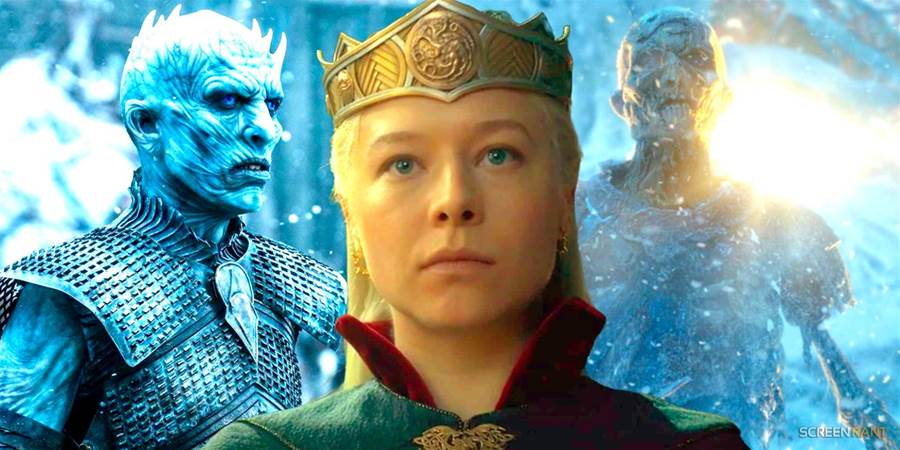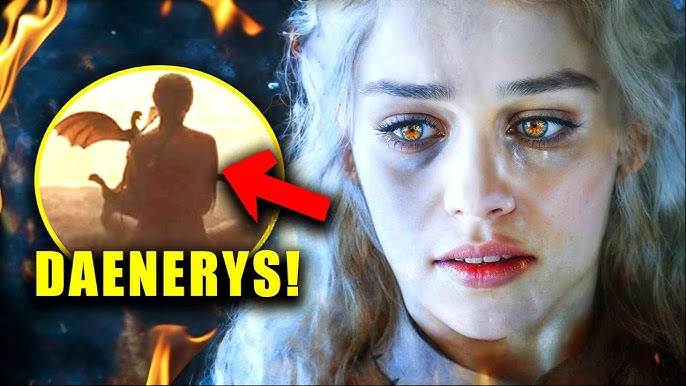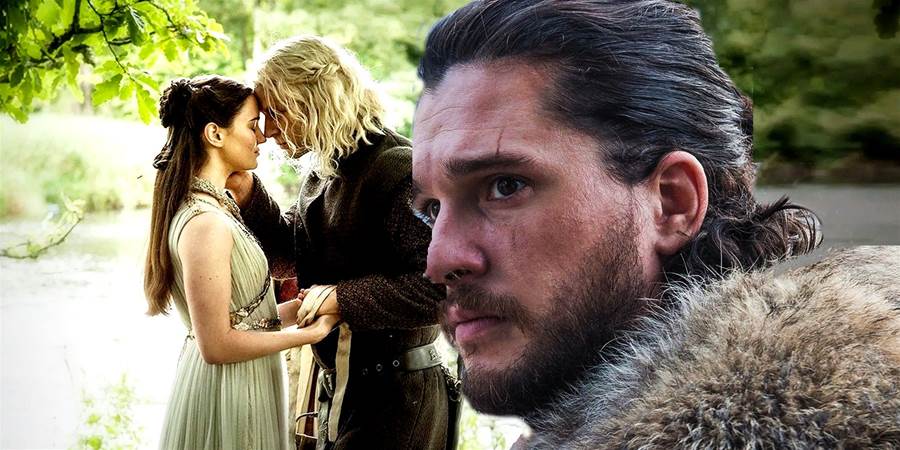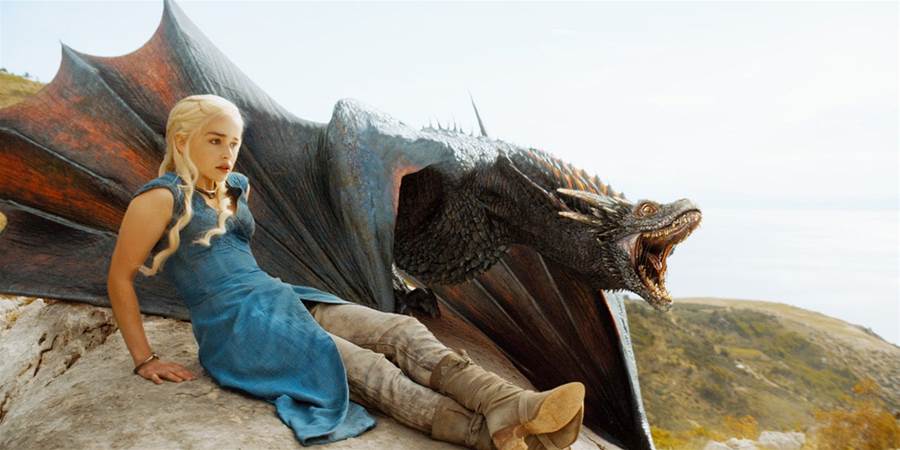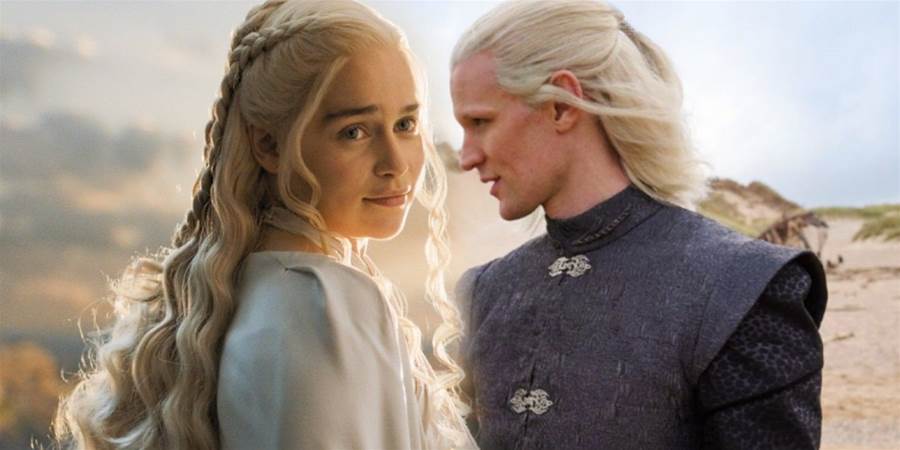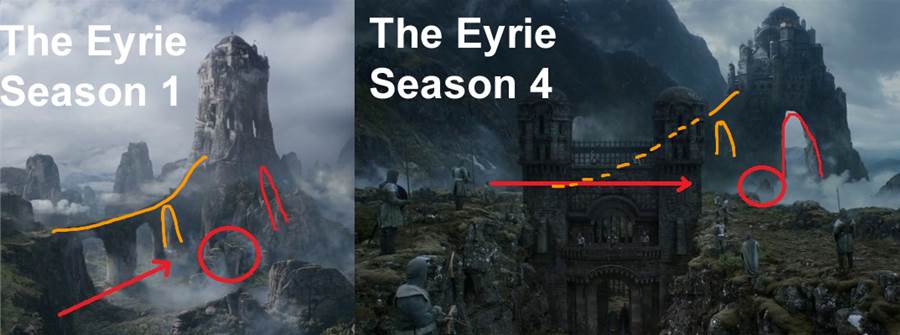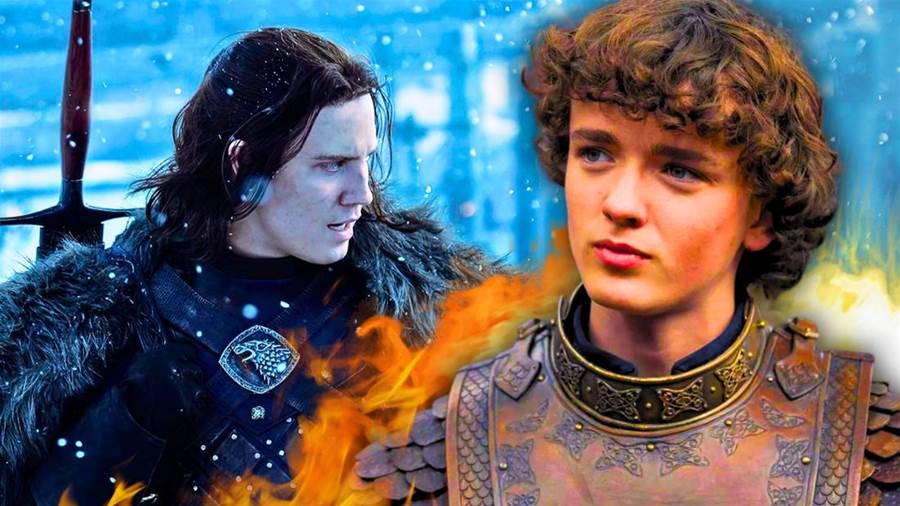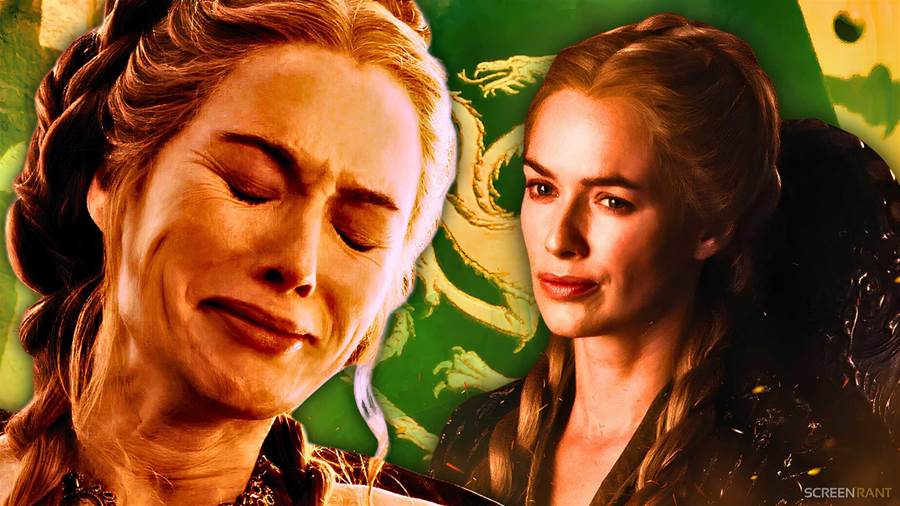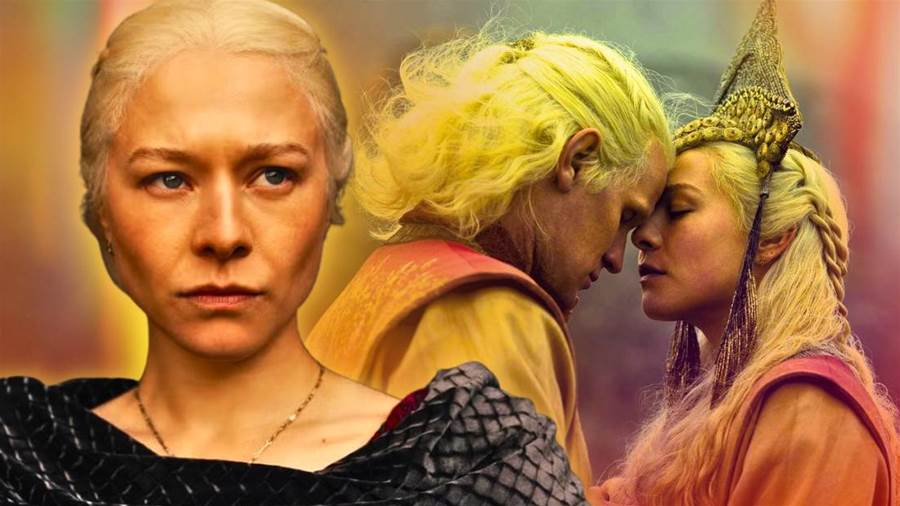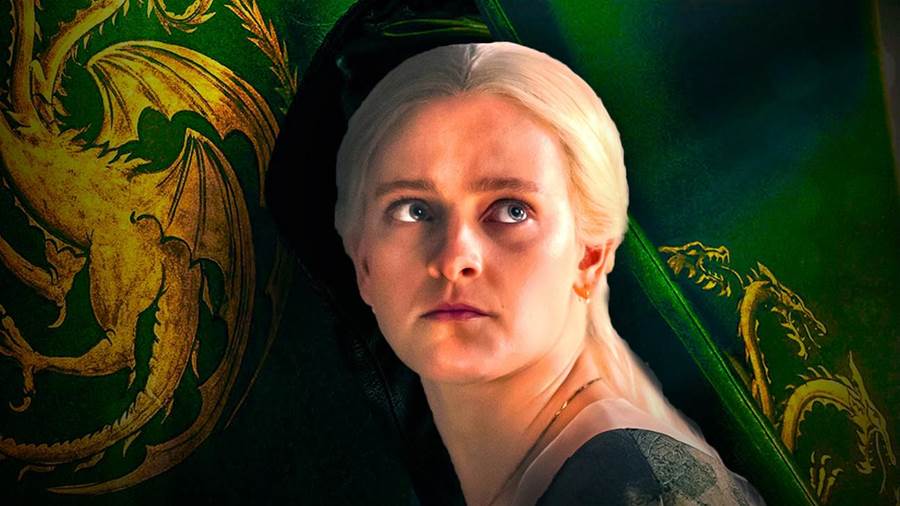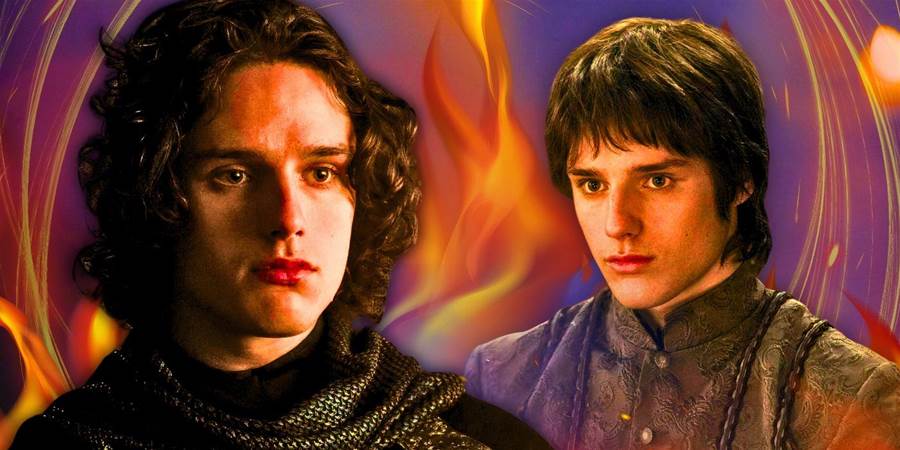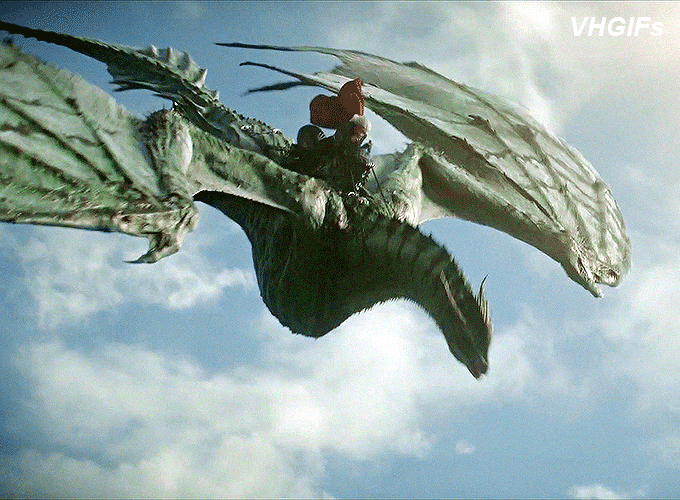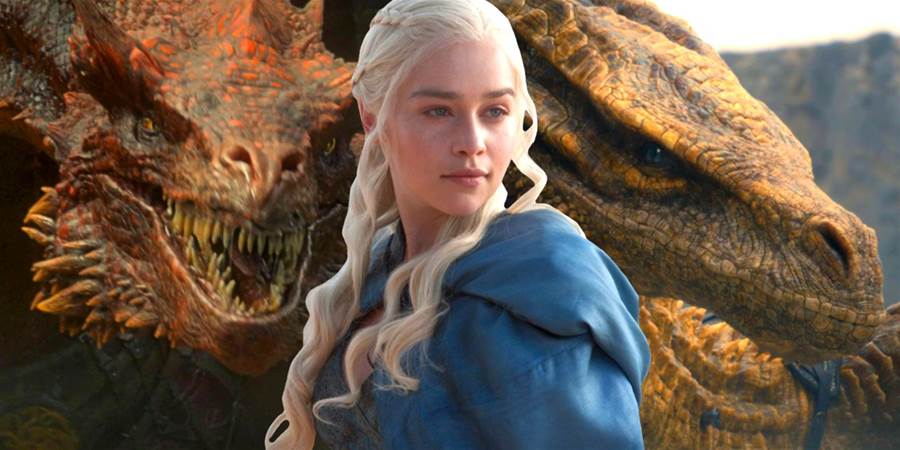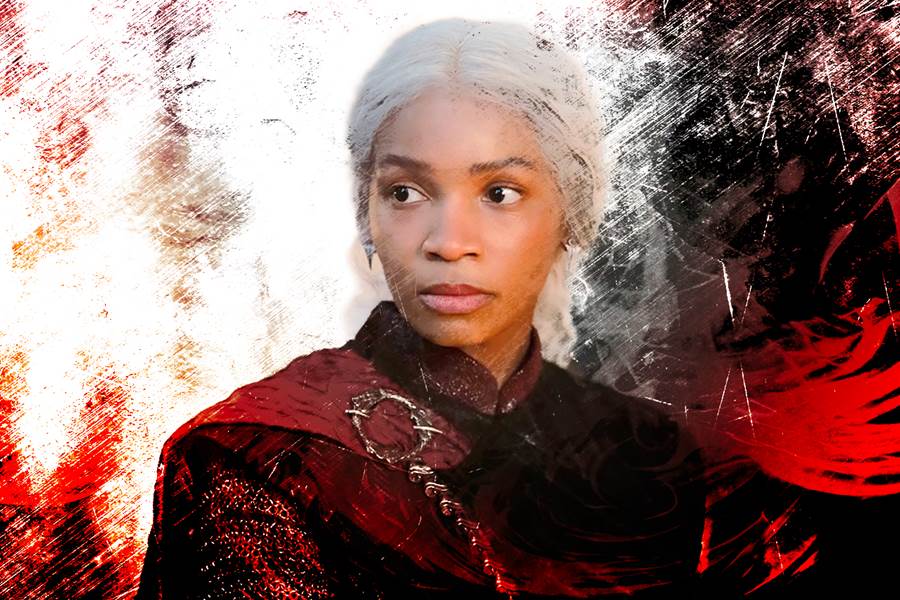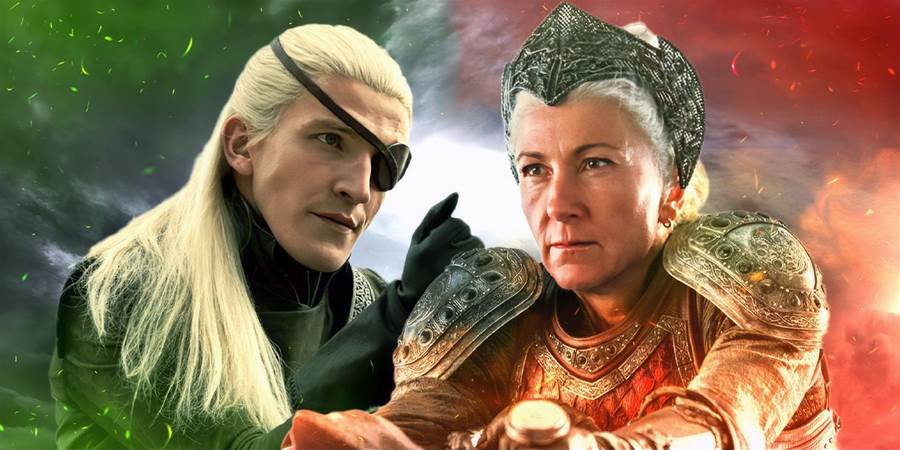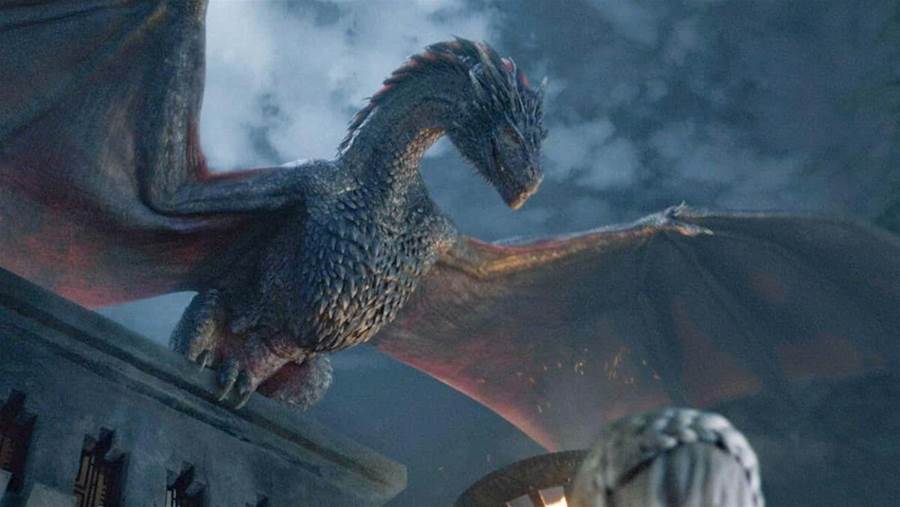
Welcome, fellow Westeros enthusiasts and dragon aficionados! If you thought you knew everything about the magnificent, fire-breathing creatures of George R.R. Martin's epic fantasy world, think again. HBO’s House of the Dragon dives deeper into the lore, revealing some fascinating and lesser-known facts about these legendary beasts. Whether you're a die-hard fan or a casual viewer, these revelations are bound to ignite your curiosity and passion. Buckle up as we count down the top 13 surprising dragon facts that will make you shout, "Dracarys!"
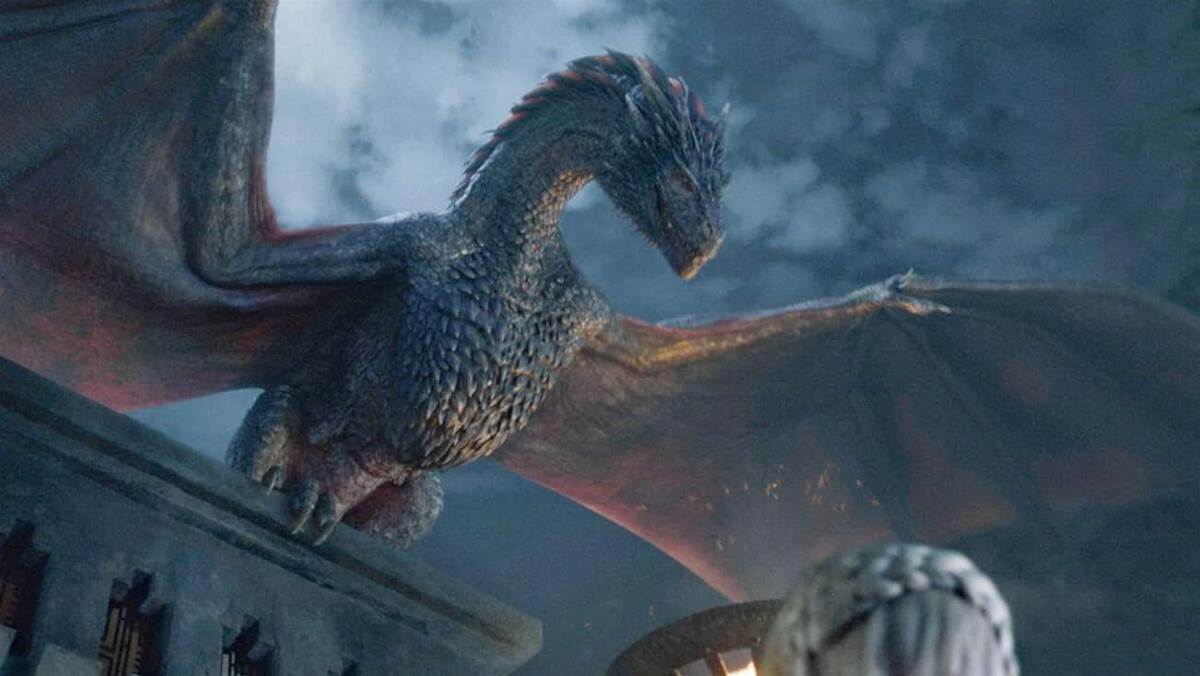
Rumor has it that dragons might not be of this world at all. One legend suggests that dragons came to Westeros from a second moon that drifted too close to the sun, causing it to hatch and release these fiery creatures. This theory adds a cosmic twist to their already mysterious origins, making us wonder if there’s more to uncover about their ancient past.
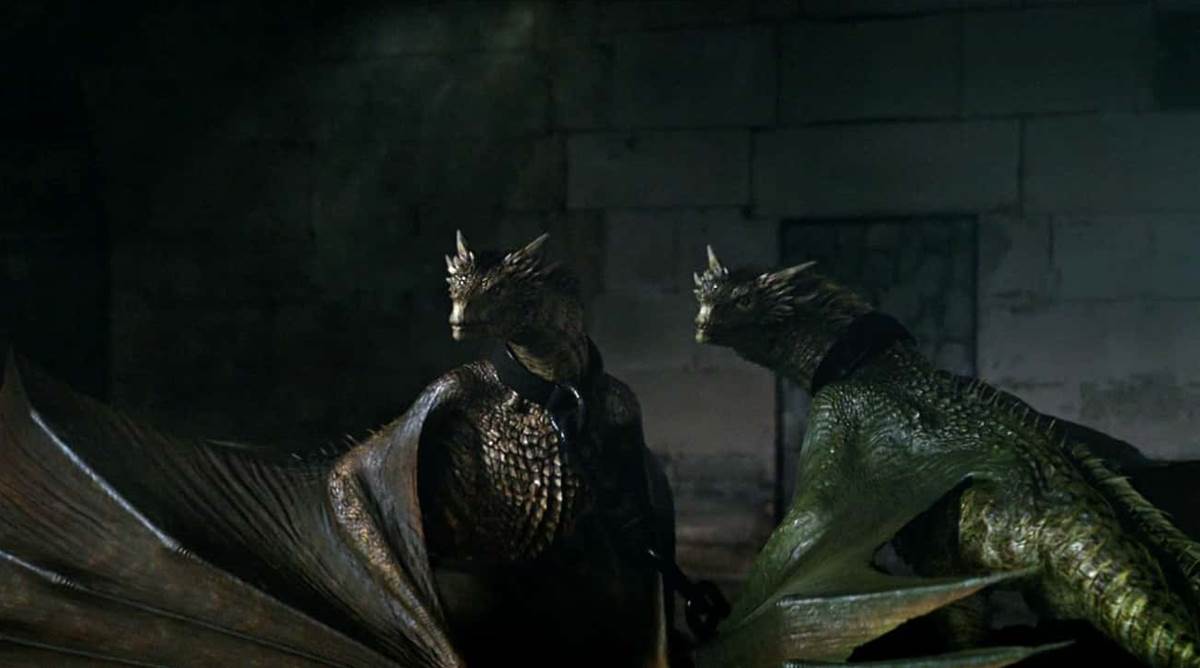
Contrary to many fantasy tales where a dragon's color indicates its powers and abilities, in Martin's universe, a dragon's hue holds no such significance. Dragons can be found in a variety of colors, from black to gold, with no impact on their abilities or temperament. This makes each dragon uniquely magnificent without the constraints of stereotypical color-coding.
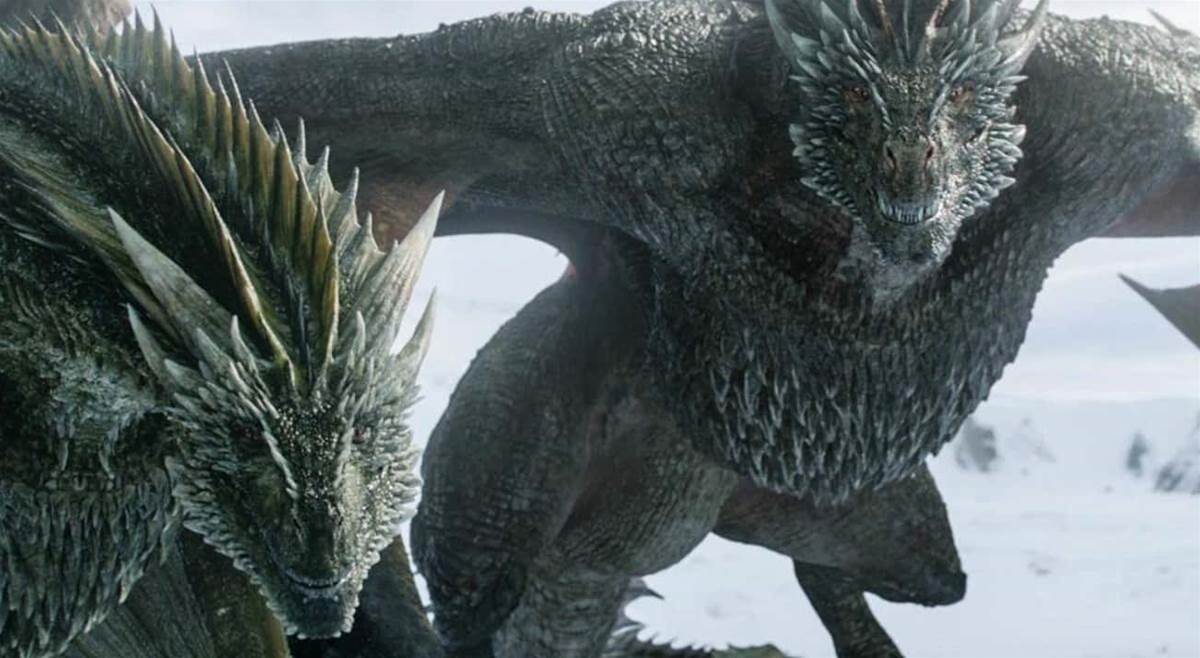
The maesters of Westeros have long debated the gender of dragons. Some claim that dragons can change genders, akin to some real-world reptiles and amphibians. This theory might explain how the Targaryens' initial five female dragons managed to lay eggs and ensure their species’ survival, suggesting a fascinating biological flexibility.
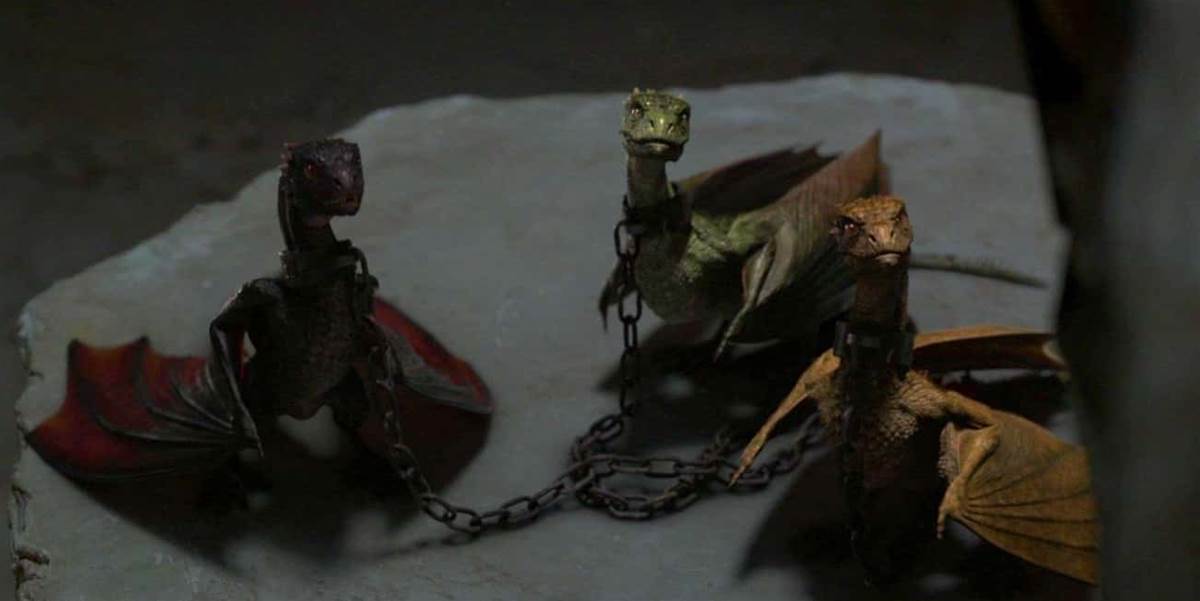
The showrunners of House of the Dragon introduced fans to three distinct types of dragons: dinosaur-like with a prominent nose bridge, canine-like with a wolfish appearance, and horse-like blending traits of the other two. This classification adds a new layer of depth to the portrayal of dragons, making them more than just fire-breathing monsters.
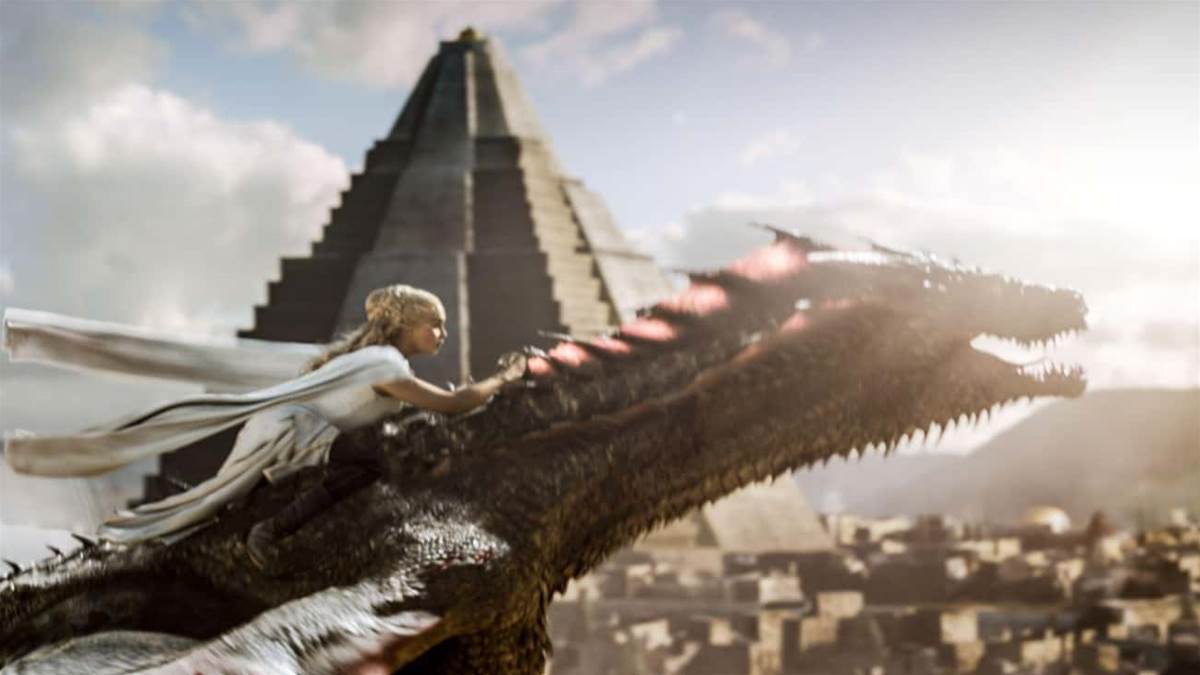
The Valyrians' early interactions with dragons involved more than just bravery and luck. They used blood magic and enchanted horns to bond with these formidable creatures. The hatching of dragon eggs required the life extinguishment through fire, a dark practice that underscores the deep and often brutal connection between dragons and their riders.
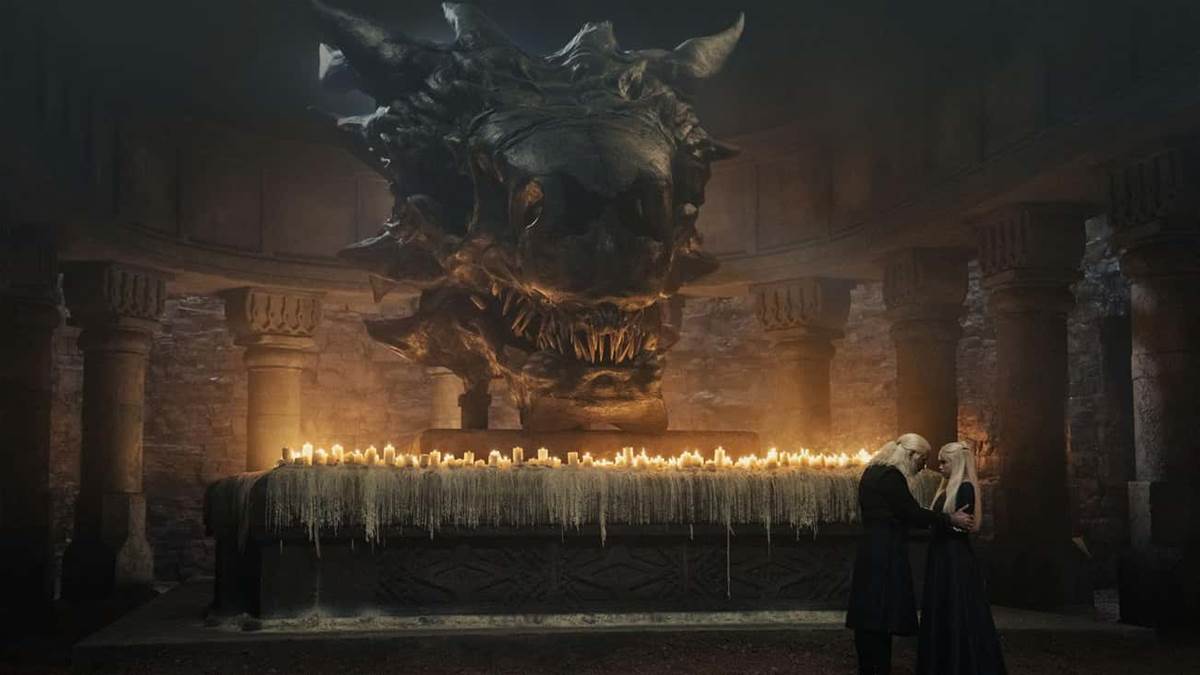
One of the more striking features of dragons is their black bones, attributed to their high iron content. This detail aligns with the visual aesthetic of the series, particularly the darker dragon skulls seen in House of the Dragon compared to the inconsistent depiction in Game of Thrones. Arya Stark’s dragonbone dagger handle is a notable example of this characteristic.
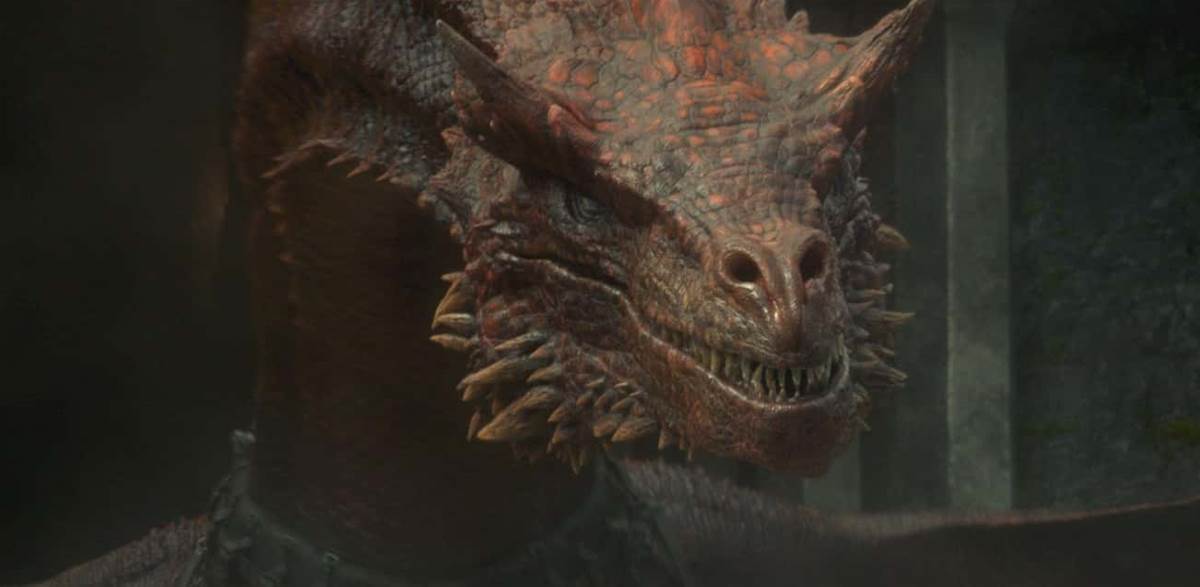
Dragons in Westeros are known for their intense loyalty, bonding with only one rider at a time. This lifelong connection begins at birth when a dragon hatches and imprints on the first person it sees. The Targaryen tradition of placing a dragon egg in the cradle ensures this powerful bond, which is crucial for the Dragonrider's success.
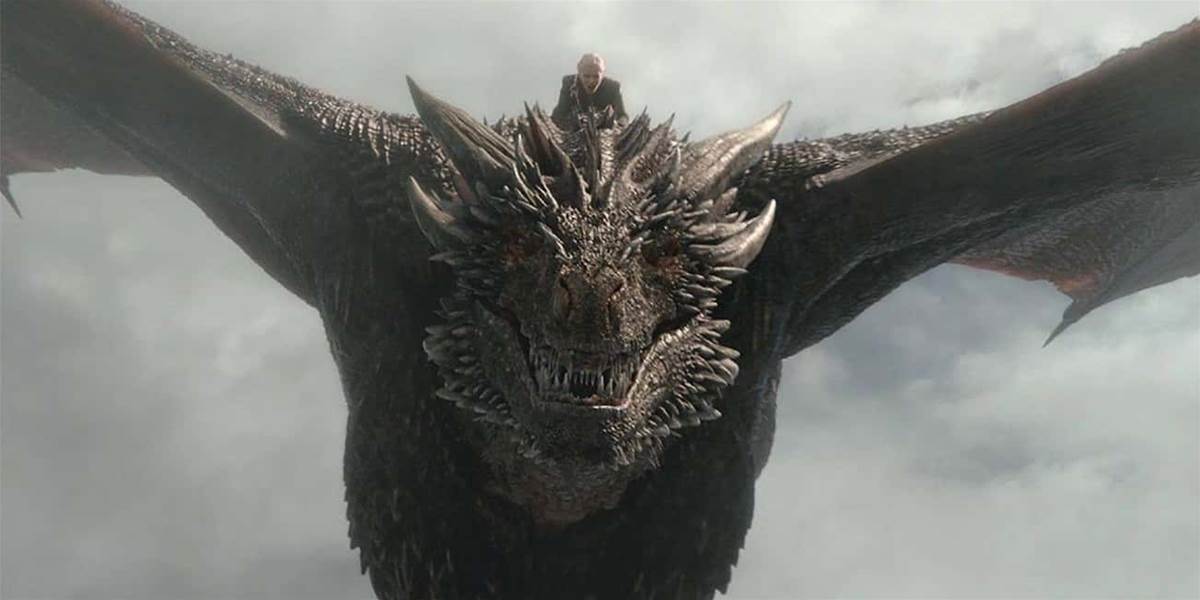
Dragons in Martin's world are not as intelligent as their counterparts in other fantasies but are still smart creatures, comparable to loyal dogs. They understand commands and exhibit a deep connection with their riders, often sensing their needs intuitively. This intelligence makes them formidable allies and feared opponents.
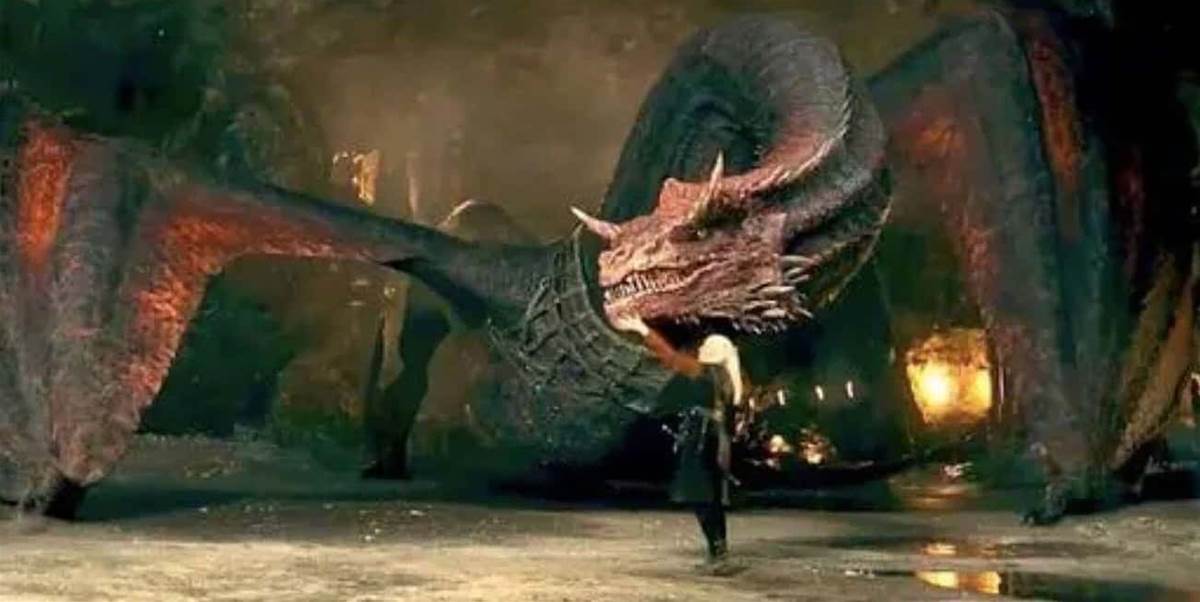
Dragons never stop growing as long as they are well-fed and free.
This means that older dragons can become enormous, such as Balerion the Black Dread, who could swallow a mammoth whole. This continuous growth adds a sense of awe and terror to these already majestic beings.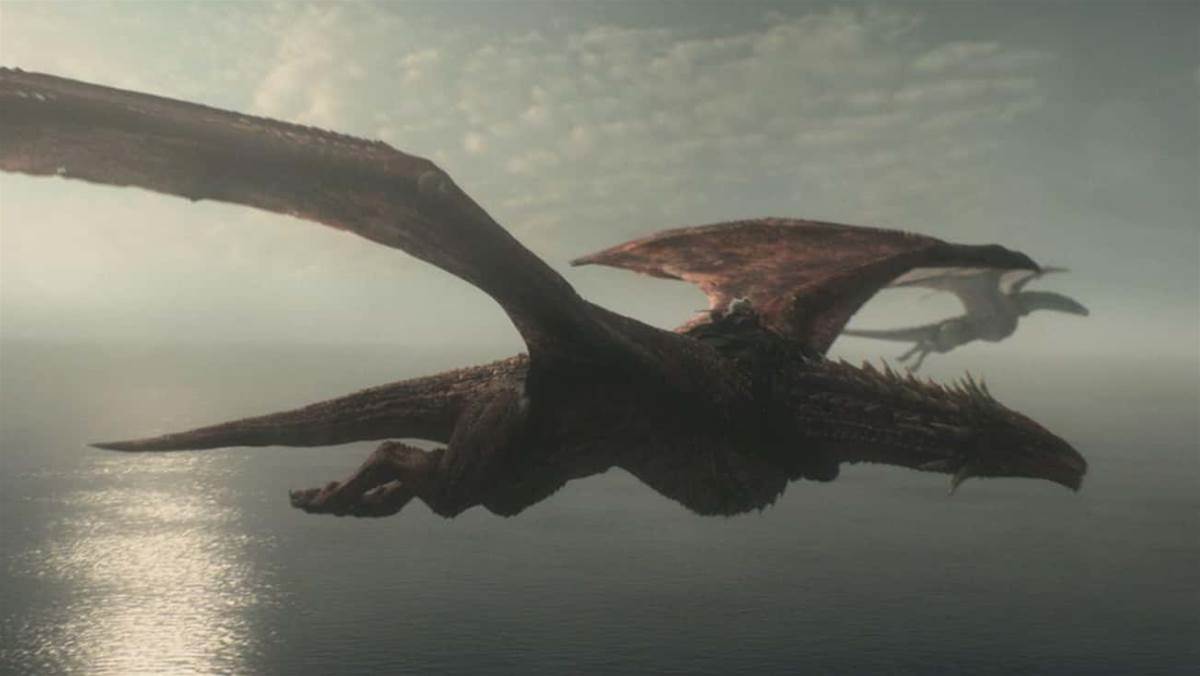
As dragons age, they face significant physical challenges. Their continual growth leads to various ailments, described metaphorically as dragon cancer. Older dragons like Vhagar suffer from parts breaking off and structural issues, highlighting the tragic yet majestic decline of these creatures.
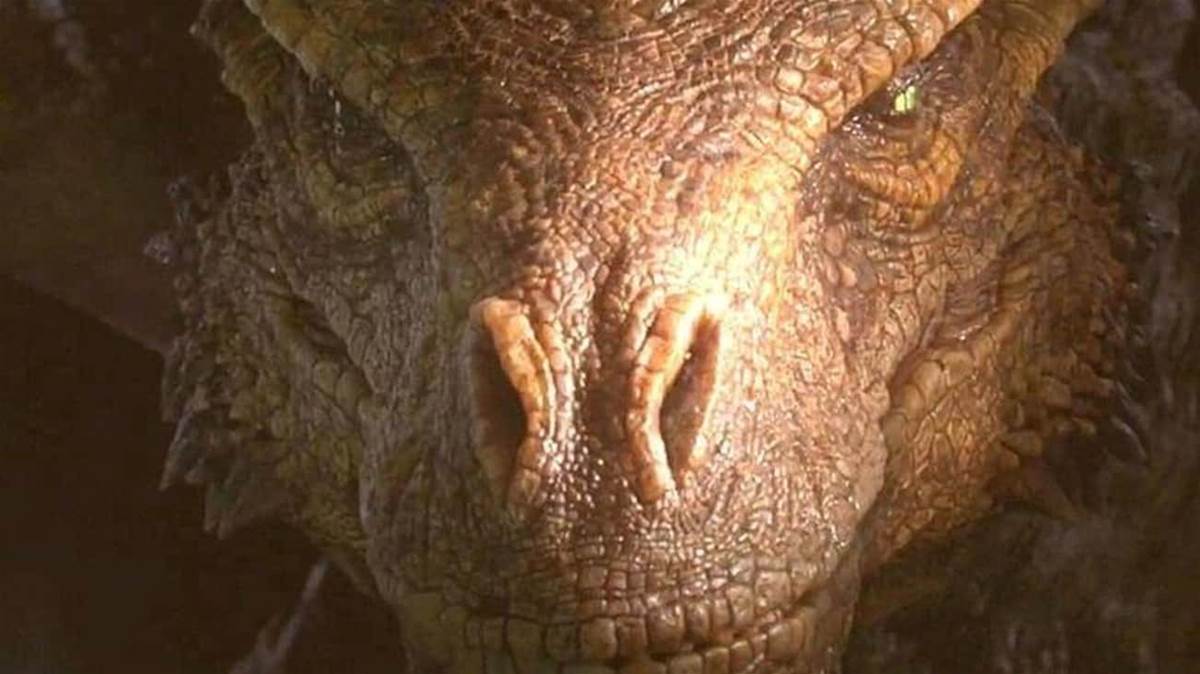
Dragons prefer their meals cooked, utilizing their fire-breathing ability to immolate their prey. This unique dietary habit sets them apart from real-world obligate carnivores, making them even more fascinating and fearsome.
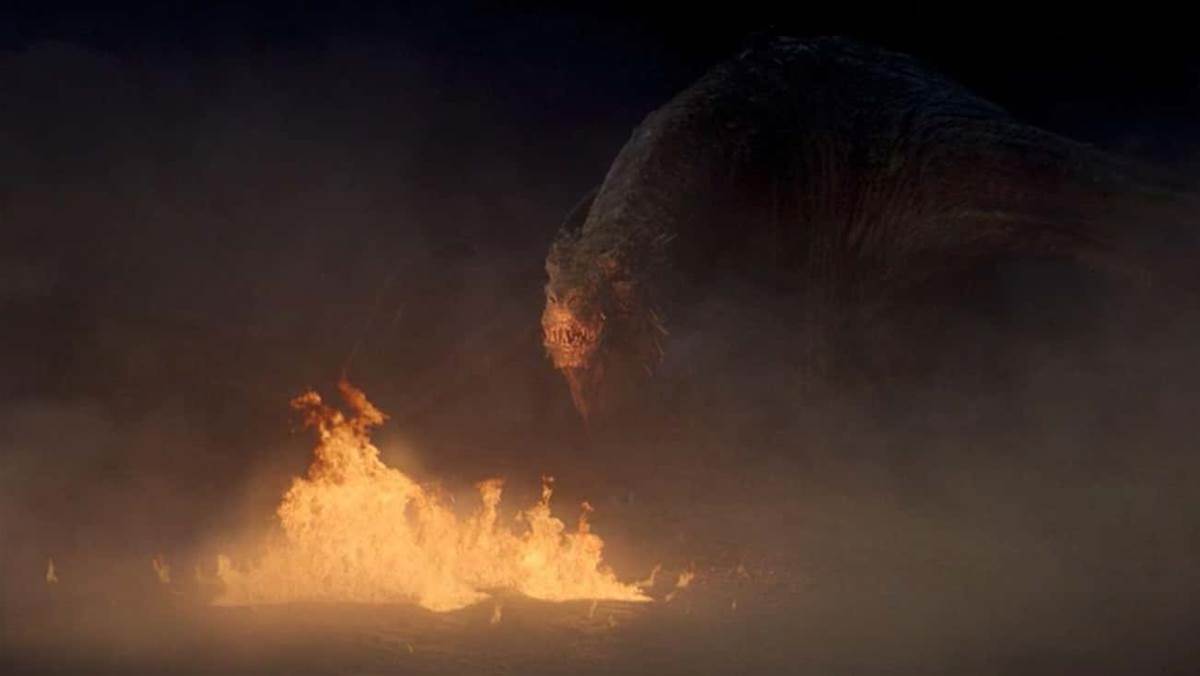
It’s incredibly rare for dragons to die of old age. Balerion the Black Dread is the only known dragon in Westeros to have passed this way. His long life of conquest and battle makes his peaceful end all the more remarkable, emphasizing the violent lives most dragons lead.
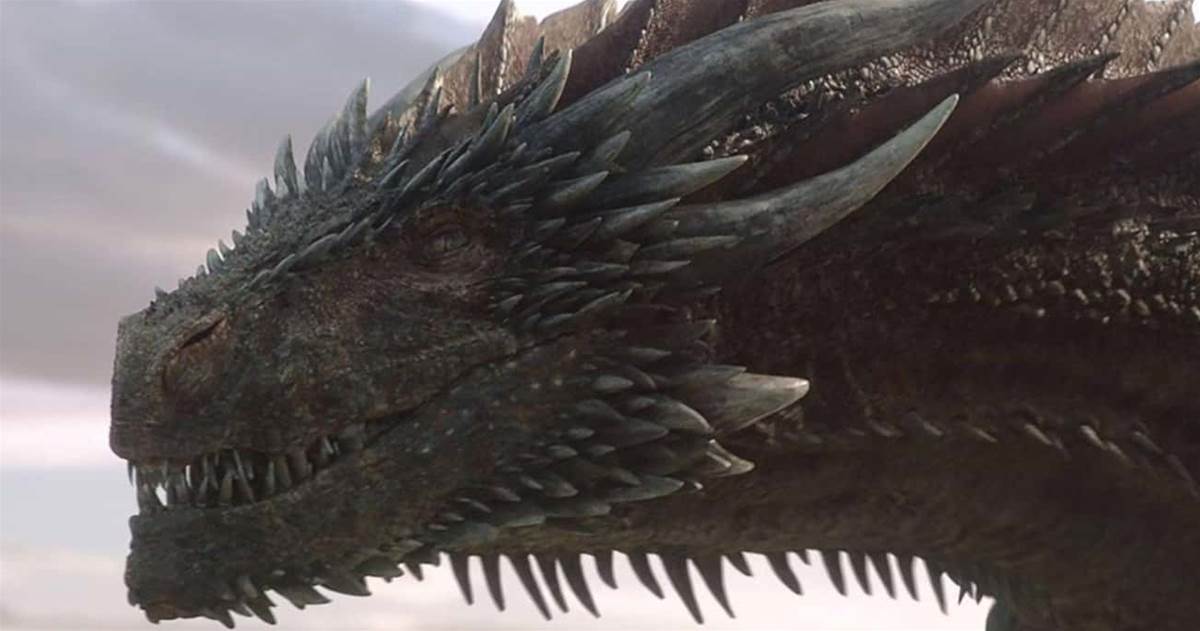
Dragons are living furnaces, with an internal combustion system that powers their fire-breathing ability.
This biological marvel allows them to cook their prey from the inside out, ensuring their food is always well-done.
And there you have it, folks! These insights not only enrich our understanding of the dragons in House of the Dragon and Game of Thrones but also enhance our appreciation for the intricate world-building by George R.R. Martin. Which fact surprised you the most? Share your thoughts and join the fiery discussion in the comments below. Dracarys!
The article is not finished. Click on the next page to continue.
Next page